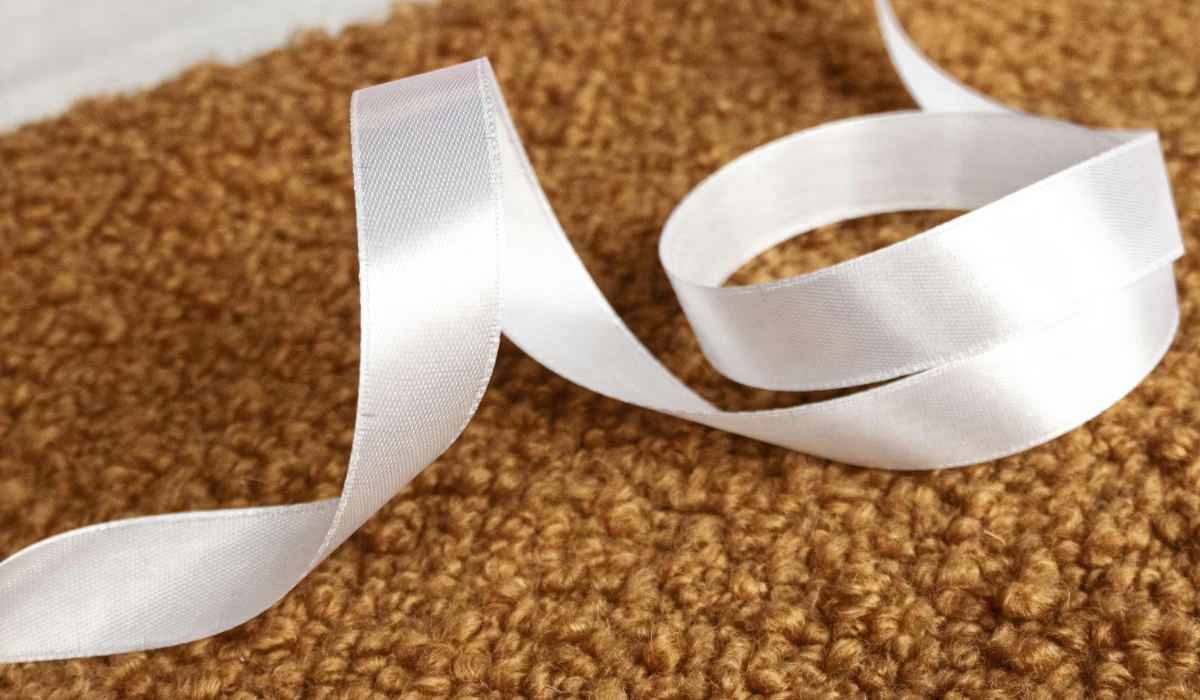When you’re painting a room, the trim, or furniture, the finish (sheen) you choose can change how paint color appears, how easy it is to clean, and how well the walls hold up over time. Satin and matte are two of the most popular finishes: matte gives a soft, flat look that hides flaws, while satin has a gentle sheen that adds a little “pop” and is easier to wipe down.
Deciding between satin vs matte isn’t just about which looks nicer — it’s also about what the space needs: traffic level, lighting, how often cleaning is required, and how perfect your walls already are. Below are the differences, room-by-room suggestions, and things to keep in mind before you choose.
What’s the Difference Between Matte and Satin Sheens
Matte paint has very low gloss; it doesn’t reflect much light. This softness helps hide imperfections like small dents, patches, or uneven textures. It gives walls a velvety, cozy appearance — ideal when you want a calm, understated look for living rooms, bedrooms, or ceilings.
On the other hand, the satin finish contains more binder (resin) and slightly more gloss. It reflects light better, giving walls and surfaces a subtle sheen. This makes colors appear more vibrant and surfaces easier to clean (because satin tends to resist scuffs or spots better than matte). But that sheen can also make walls show flaws more easily — from bumps to roller marks — since the light will accentuate them.
Durability & Maintenance
Matte finishes are less durable in high-use areas. When walls are wiped frequently — say in a kitchen or a hallway — matte tends to wear sooner. Satin finishes hold up better under that kind of stress, resisting stains, scuffs, and moisture more effectively.
However, satin also shows wear differently: scratches or patch repairs might be more noticeable unless the underlying surface is very smooth. So preparation (sanding, priming) becomes more important with satin to get a clean, lasting look.
Where to Use Matte or Satin Finishes
Choosing where to use each finish depends on the room’s function, lighting, and how perfect your walls are.
- Matte works best in low-traffic, low-moisture areas like bedrooms, formal living rooms, or ceilings. If wall surfaces are imperfect, always choose matte to soften the visual effect.
- Satin works well in bathrooms, kitchens, hallways, or on doors and trim — anywhere walls are likely to need cleaning or are exposed to moisture or contact. It’s also a good choice when lighting is strong and you want color richness or a warmer glow.
Matching Finish to Wall Condition
If walls are new, well-primed, and smooth, satin can shine nicely. But if walls have lots of patches, drywall seams, or slight imperfections, matte is more forgiving. Using satin in imperfect conditions often makes those flaws visible.
Also, consider how much light the room gets: rooms with large windows may cause satin to glare or highlight bumps; rooms with little light may look too flat if matte was used everywhere (some contrast with satin trim helps).
Pros & Cons at a Glance
| Feature | Matte Finish | Satin Finish |
| Hides surface flaws | Excellent | Moderate |
| Reflects light / shines softly | Low | Medium |
| Easy to clean / resistant to smudges | Lower | Higher |
| Shows imperfections | Less noticeable | More noticeable |
| Cost | Slightly cheaper | Slightly more expensive |
| Ideal rooms | Bedrooms, ceilings, low traffic zones | Kitchens, bathrooms, entryways, trim |
Common Mistakes to Avoid
- Applying satin over rough or unprepared walls => imperfections become very visible.
- Using matte in high-traffic or moist areas => walls look dull, stains or marks may accumulate and ruin appearance.
- Ignoring lighting: satin in bright rooms may glare; matte in dark rooms may look bland and absorb light.
- Buying cheap paint without good binding agents: matte finishes depend heavily on pigment and binder quality; cheap versions may wash poorly, flake, or lose color.
Conclusion
Choosing between satin and matte finishes asks you to balance look vs function. Matte gives softness and hides wall defects, making spaces feel cozy and understated. Satin adds mild glow, better durability, and easier cleaning. Use matte in quiet, comfort-focused spaces; satin where wear, moisture, or brightness matter. With proper surface prep and considering lighting, you can pick the finish that works best for both beauty and practicality.
FAQs
Which finish is better for a bedroom?
Matte is often preferred in bedrooms for its soft, non-reflective look that helps walls feel calm and hides imperfections.
Will satin paint show wall flaws?
Yes — satin paints tend to highlight bumps, uneven surfaces, and roller or brush marks unless the wall is very smooth and well-prepared.
Is satin easier to clean than matte?
Satin is more washable and stands up to moisture and cleaning better than matte — making it more suitable for kitchens, bathrooms, and high-traffic zones.
Can I mix matte and satin finishes in one room?
Absolutely. Many people use matte on walls and satin on trim, doors, or accents. This combination offers both visual interest and practicality.







